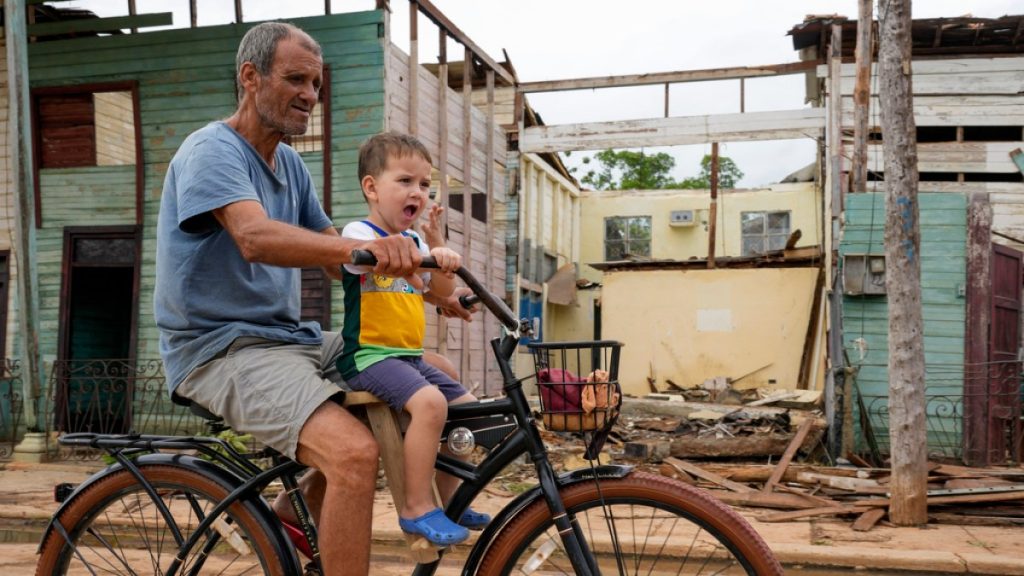Following the 6.8-magnitude earthquake that hit eastern Cuba, officials are currently working to assess the damage and begin recovery efforts. President Miguel Diaz-Canel stated that there have been landslides, damage to homes, and power lines, particularly in the areas of Santiago de Cuba and Granma. The primary focus is on saving lives in the aftermath of the earthquake, with no reported deaths or injuries at this time.
Residents in the affected provinces have described the earthquake as one of the most powerful they have ever experienced. The USGS notes that the region has had 23 earthquakes of magnitude 5 and above in the last 50 years, making this event significant in comparison. Many residents in Santiago, Cuba’s second-largest city, shared their accounts of buildings shaking and people nervously standing in doorways during the quake. The vulnerability of older homes and buildings to earthquake damage has been exposed through images of collapsed roofs and facades, as well as structural damage to ceilings, walls, windows, and public infrastructure.
The impact of the earthquake extends beyond eastern Cuba, with nearby countries such as Jamaica also feeling its effects. This adds to a series of natural disasters that have exacerbated existing infrastructure problems in Cuba, where economic insecurity is prevalent among the population. Hurricanes Oscar and Rafael brought heavy rains, widespread power outages, and fatalities to the island in recent months. The destruction caused by these storms, combined with the earthquake, has further strained resources and vulnerable communities in Cuba.
Efforts are now underway to address the aftermath of the earthquake, with a focus on assessing the full extent of the damage and beginning recovery operations. The resilience of the Cuban people is evident as they navigate through multiple challenges, from natural disasters to economic instability. The importance of disaster preparedness and strengthening infrastructure in vulnerable areas like eastern Cuba is highlighted by these recent events. As recovery efforts progress, the government and international organizations are likely to provide support and resources to help those affected rebuild their lives and communities.
As Cuba continues to grapple with the aftermath of the earthquake, the priority remains on saving lives and stabilizing affected areas. Communication and coordination between local, national, and international agencies will be crucial in maximizing the impact of recovery efforts. The resilience of the Cuban people in facing multiple natural disasters and economic challenges underscores the importance of community solidarity and support. By working together and leveraging resources effectively, Cuba can overcome these hardships and rebuild stronger and more resilient communities for the future.













